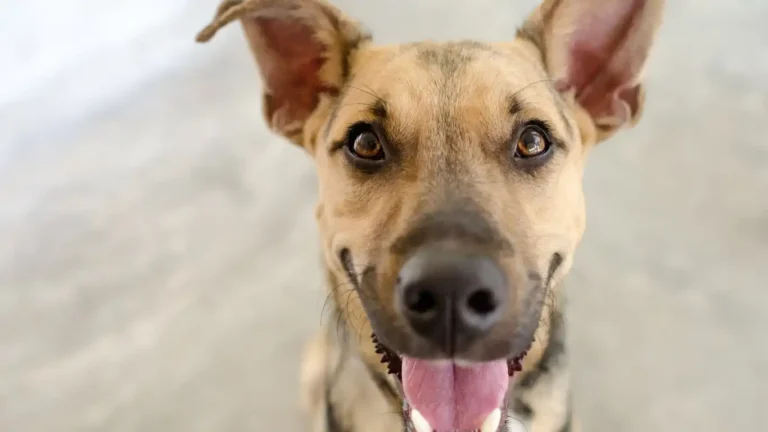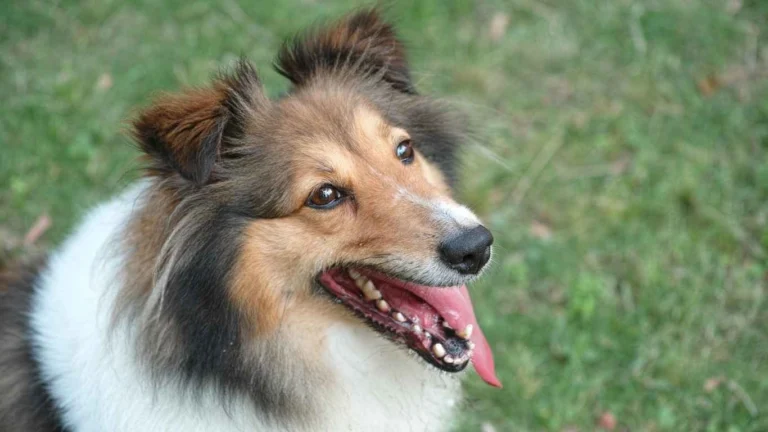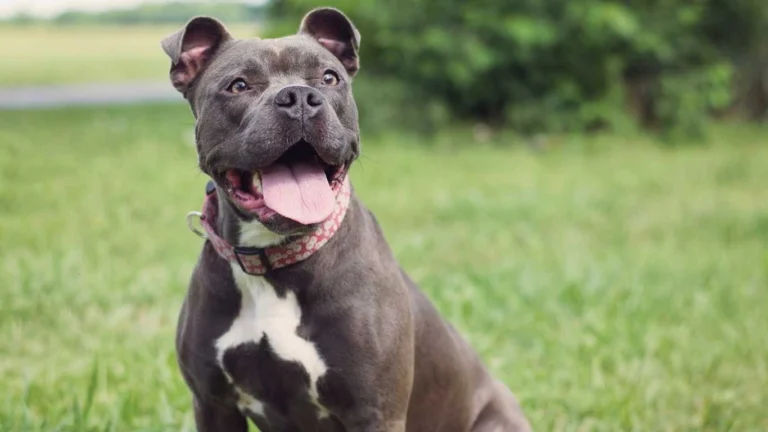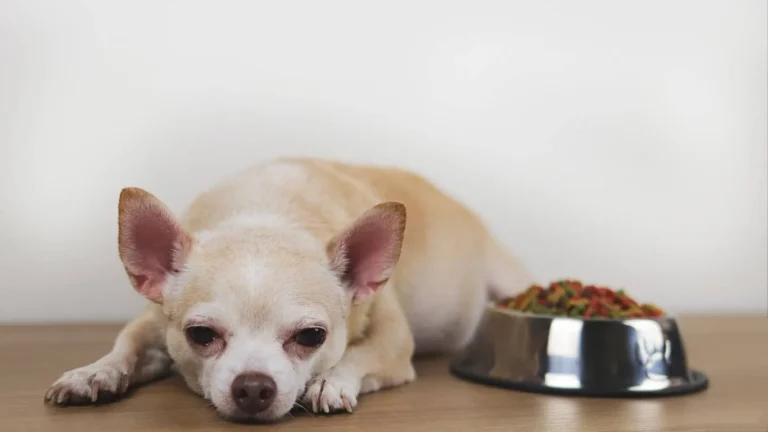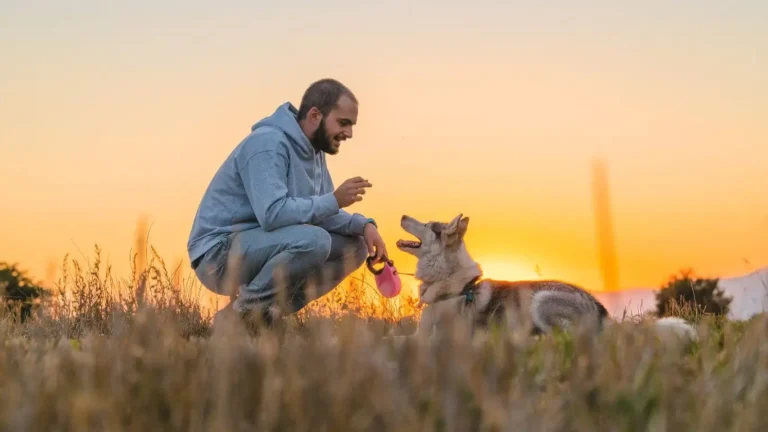How to Maintain a Balanced Lifestyle for Your Dog and Keep Them Healthy
If you’ve ever wondered how to maintain a balanced lifestyle for your dog, you’re not alone. As a Veterinary Technician/Nurse specializing in pet nutrition, I get asked this *all the time*. Dogs, like us, thrive when their lifestyle is thoughtfully balanced—not just in terms of food, but exercise, mental stimulation, social interaction, and even rest. Over the years, I’ve seen firsthand how little tweaks to a dog’s daily routine can make a world of difference. Let’s dive into the first steps of building a life your dog will love—and thank you for.
Why a Balanced Lifestyle Matters for Dogs

Dogs aren’t just pets—they’re family. And just like any family member, their wellbeing hinges on balance. I’ve seen too many pups come into the clinic with preventable issues like obesity, anxiety, or digestive problems—all of which tie back to their lifestyle. That’s why it’s not just about choosing the “best” food or walking them twice a day. It’s about creating harmony in all aspects of their life.
Physical Health is Just the Beginning
Let’s be honest: most dog owners focus mainly on diet and exercise—and yes, those are *super* important—but they’re not the whole picture. Think of your dog’s health like a wheel. Each spoke—nutrition, physical activity, mental stimulation, rest, and emotional bonding—needs to be strong for the wheel to roll smoothly.
Nutrition: Building the Right Foundation
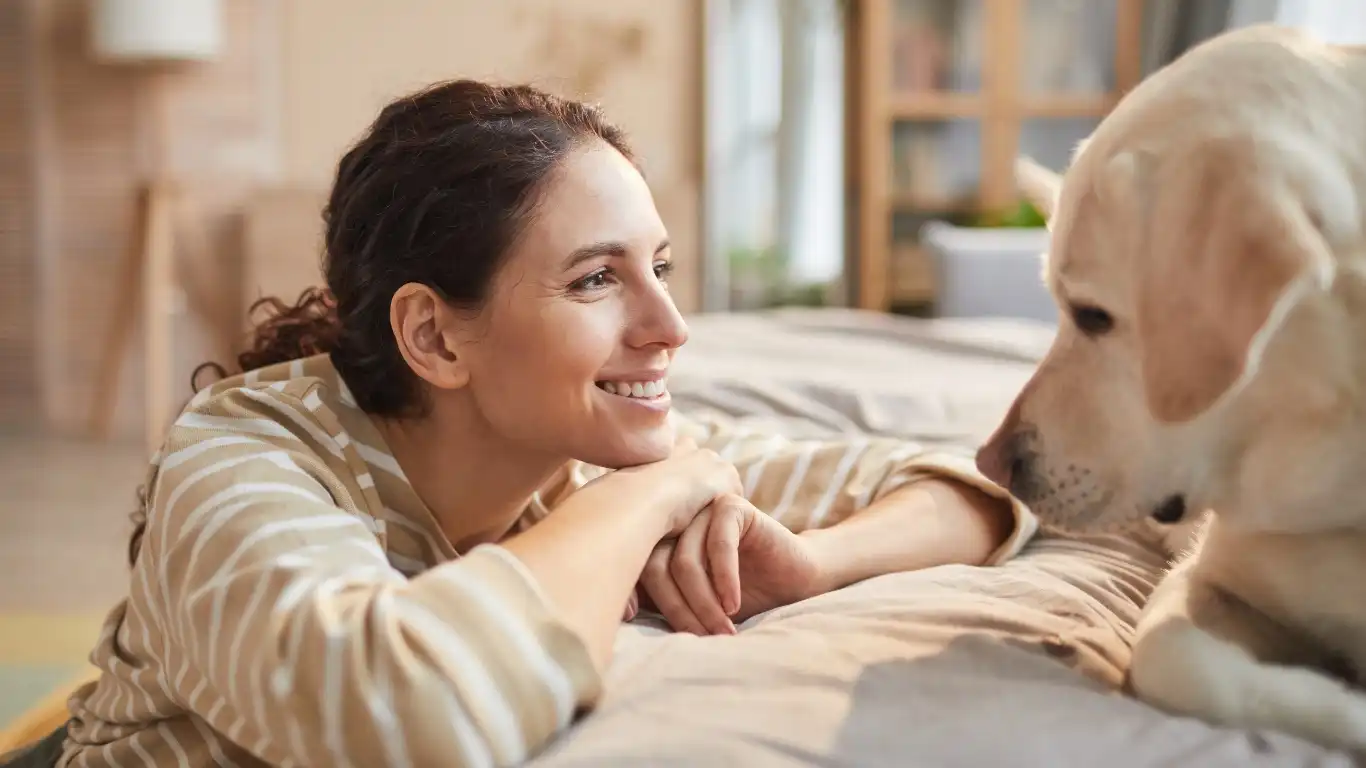
Being in the field of veterinary nutrition, I’ve seen so many fads come and go. Raw diets, grain-free, exotic meats—you name it. The truth? There’s no “one-size-fits-all” diet. Every dog is unique. Age, breed, activity level, and medical conditions all play a role in what their ideal diet looks like.
Basic Nutritional Needs Every Dog Should Have
- Protein: Supports muscle maintenance and growth.
- Healthy Fats: Great for skin, coat, and brain function.
- Fiber: Helps with digestion and weight management.
- Vitamins & Minerals: Vital for everything from bone strength to immune health.
When I consult with pet parents, I usually recommend a high-quality commercial food that’s AAFCO approved—it ensures the food meets the basic standards of nutrition. But I always tailor recommendations based on the dog’s individual profile. Don’t just go by the pretty packaging. Flip that bag over and read the ingredients!
Things I Look for in a Dog’s Diet
- Named animal proteins as the first ingredient (like chicken or beef, not just “meat”).
- Whole food ingredients like brown rice, sweet potatoes, or carrots.
- Minimal fillers, artificial preservatives, or by-products.
One of my clients had a Lab named Duke who just couldn’t lose weight despite regular walks and portion control. After a full workup and diving into his kibble brand, we found it was loaded with hidden fats and cheap fillers. Switching to a lower-calorie, high-fiber diet made a difference in just a few weeks. Duke dropped the pounds, and his energy skyrocketed!
Exercise: It’s More Than Just a Walk

Here’s the deal—walking your dog once or twice a day is great, but it’s not always enough. Dogs need a mix of physical activities to stay truly fit and happy. I like to mix things up with my own pup, Luna. One day we’ll do a slow sniff-walk (great for mental stimulation), the next it might be a fast-paced jog or a game of fetch at the park.
Signs Your Dog Needs More Exercise
- Excessive barking or chewing
- Weight gain, even with regular meals
- Restlessness or pacing
- Difficulty settling at night
Try incorporating variety into their routine—short sprints, uphill walks, or even dog-friendly swimming if you have access. Keep it fun. Trust me, your dog will thank you with better behavior and more relaxed vibes at home.
Mental Stimulation: Keeping That Canine Brain Buzzing
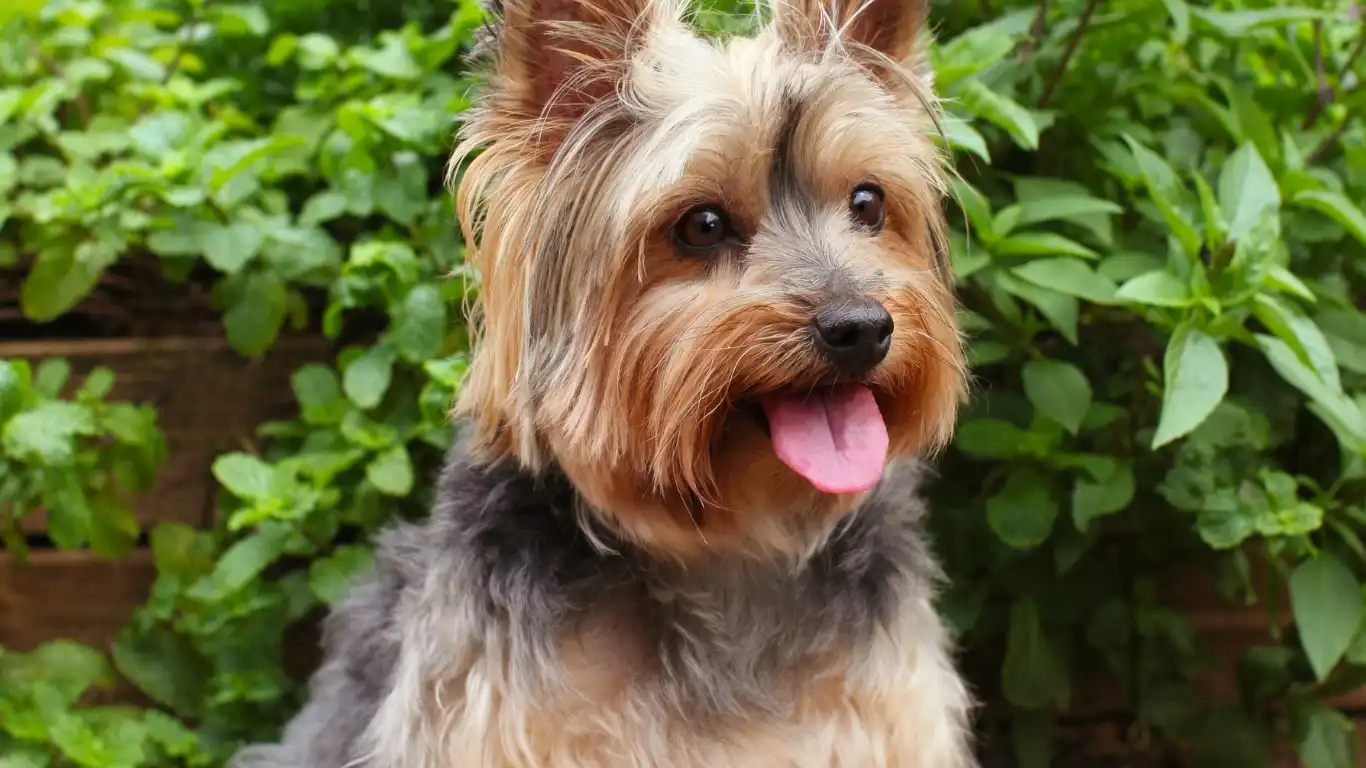
Alright, so let’s talk about something that doesn’t always get enough love—mental stimulation. Seriously, it’s just as important as physical exercise. I’ve worked with so many dogs who were “hyperactive” or “destructive,” only to find out they were just bored out of their minds.
Dogs are naturally curious and problem-solving creatures. Back when I worked in a shelter setting, we’d introduce puzzle feeders, scent games, or even basic training exercises just to keep their minds engaged. The transformation in behavior was *wild*—and in the best way.
My Favorite Brain-Boosting Activities for Dogs
- Snuffle mats or scatter feeding (great for slowing down fast eaters, too)
- Treat-dispensing toys like KONGs stuffed with peanut butter or frozen broth
- Simple “find it” games around the house using treats or their favorite toys
- Learning new tricks or revisiting old ones—dogs love the challenge and attention
Luna, my Aussie mix, gets downright excited when I pull out her puzzle toys. She gets this look like, “Game on, Mom!” It keeps her brain busy and prevents her from chewing up the corner of my couch (yep, that happened… once).
Social Life: Dogs Need Friends Too
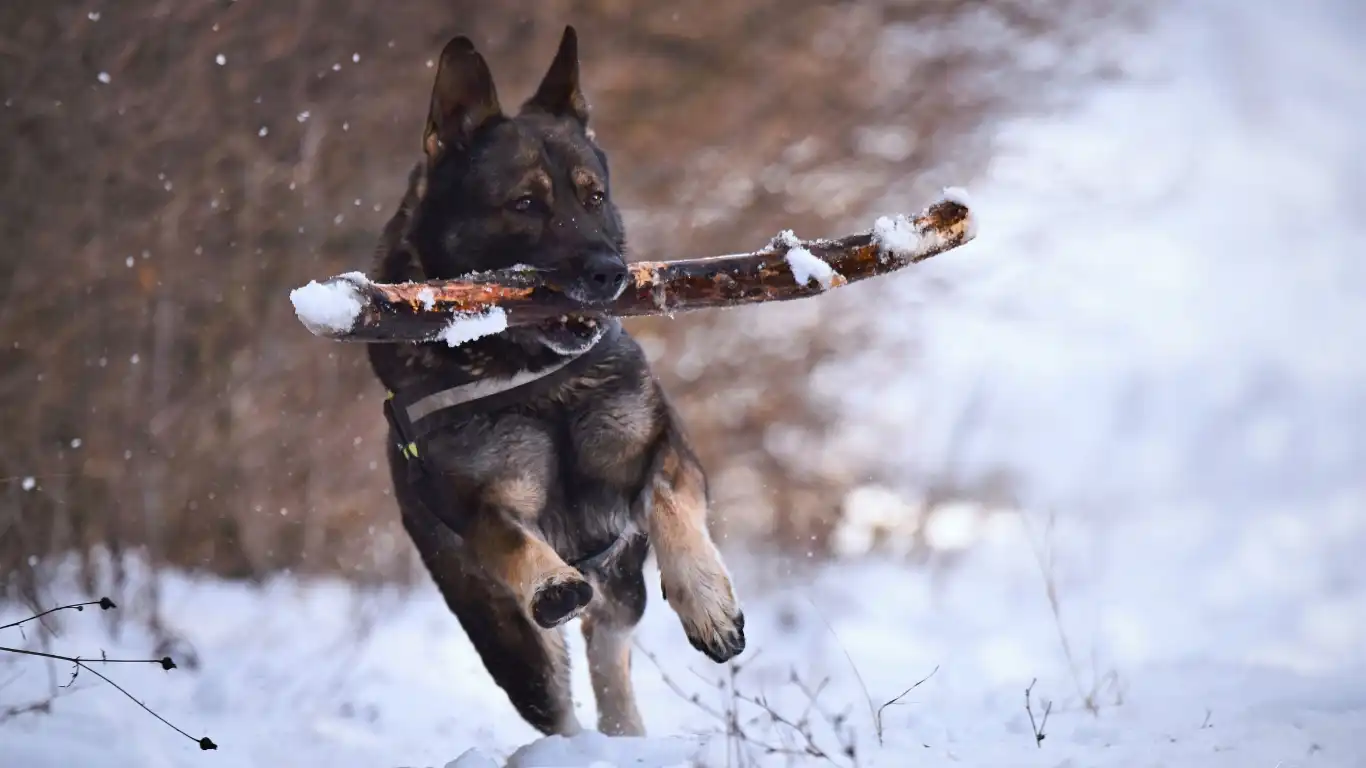
We sometimes forget our pups are social animals. They crave interaction—not just with humans but also with other dogs. When I was working in clinic, I could usually tell which dogs got regular social time and which didn’t. Social pups were calmer, more confident, and easier to handle in a vet setting. The others? Not so much.
Ways to Encourage Healthy Socialization
- Regular trips to a trusted dog park (always monitor play, especially with new dogs)
- Doggy daycare or supervised playgroups—especially for high-energy breeds
- Scheduled playdates with dogs they already know and get along with
- Structured group walks or community “pack walks” (many trainers offer these!)
It’s not about forcing your dog to be the life of the party. Just like people, some dogs are more introverted. But even a few positive interactions a week can help reduce anxiety and improve overall behavior. Social balance = lifestyle gold.
Rest and Routine: The Unsung Heroes of Canine Wellness

This might sound counterintuitive after all the talk about activity, but rest is essential. I’ve seen pet parents pack their dog’s schedule with walks, daycare, training—and then wonder why their pup is acting cranky or “off.”
Dogs need downtime. They’re not built to go-go-go 24/7. When I was studying animal behavior, I learned that a well-rested dog is actually more trainable, emotionally stable, and physically healthy. That stuck with me, and now I always remind clients: It’s okay to let your dog just chill.
Tips for Supporting Good Sleep and Routine
- Provide a quiet, comfy space your dog can retreat to (away from noise and foot traffic)
- Stick to a consistent daily routine—dogs love predictability
- Avoid overstimulation in the evenings—wind-down time matters
- Watch for signs of sleep deprivation (yes, dogs can get cranky when overtired!)
In our house, Luna has a strict bedtime. Around 9 PM, she heads to her crate with her plush moose, curls up, and is out for the night. She knows the routine, and it makes her feel safe and secure. You’d be surprised how much behavioral stability that kind of rhythm can create.
Putting It All Together: Daily Lifestyle Snapshot
By now, you might be thinking, “Okay, this is a lot. How do I actually make this work every day?” Don’t stress—balancing your dog’s lifestyle doesn’t mean you need to overhaul everything overnight. It’s about small, thoughtful changes that add up to a big difference.
Sample Balanced Day for the Average Adult Dog
- Morning potty and a brisk walk or light jog
- Breakfast using a puzzle feeder or snuffle mat
- Some chill-out time or nap in a quiet spot
- Midday training session or short play session (fetch, tug, scent game)
- Social interaction—either a walk where they can greet others or time at the dog park
- Dinner, followed by relaxed bonding time with you (petting, brushing, cuddling)
- Quiet wind-down and bedtime in a cozy, consistent sleeping area
Balance doesn’t mean perfection. Life gets messy. Some days will be more active than others, and that’s totally okay. What matters most is your dog feels seen, supported, and loved—physically, emotionally, and mentally. In my experience, that’s what leads to those happy tail wags and calm, content eyes that say, “Yeah… life’s good.”
Health Monitoring: The Key to Long-Term Balance

One thing I always stress to pet parents is the importance of regular health monitoring. Maintaining a balanced lifestyle for your dog isn’t just about daily routines—it’s also about keeping a close eye on their overall health. Having worked closely with veterinarians and seeing countless cases, I know that catching issues early can prevent bigger problems down the road.
Whether it’s a subtle change in appetite, a limp that shows up out of nowhere, or even behavioral shifts, these little signals matter. I often tell owners, “You know your dog best.” Trust that gut feeling when something seems off and don’t hesitate to reach out to your vet.
Easy Ways to Keep Track of Your Dog’s Health
- Daily observations: Keep a mental (or even physical) note of changes in eating, drinking, elimination, energy levels, and mood.
- Regular vet visits: At least once a year for adults, more often for seniors or dogs with health conditions.
- Routine dental checks: Dental health is often overlooked but plays a huge role in overall wellbeing.
- Weight monitoring: Keep an eye on your dog’s body condition score—ask your vet for help if you’re unsure.
- Parasite prevention: Fleas, ticks, and worms can quickly throw your dog’s health off balance.
For example, I once had a client whose dog suddenly became lethargic and stopped eating. It turned out to be a simple dental abscess that, when treated, had the dog back to his playful self in no time. These are the kinds of issues that can be easily missed if you’re not vigilant.
Grooming and Comfort: More Than Just Looks
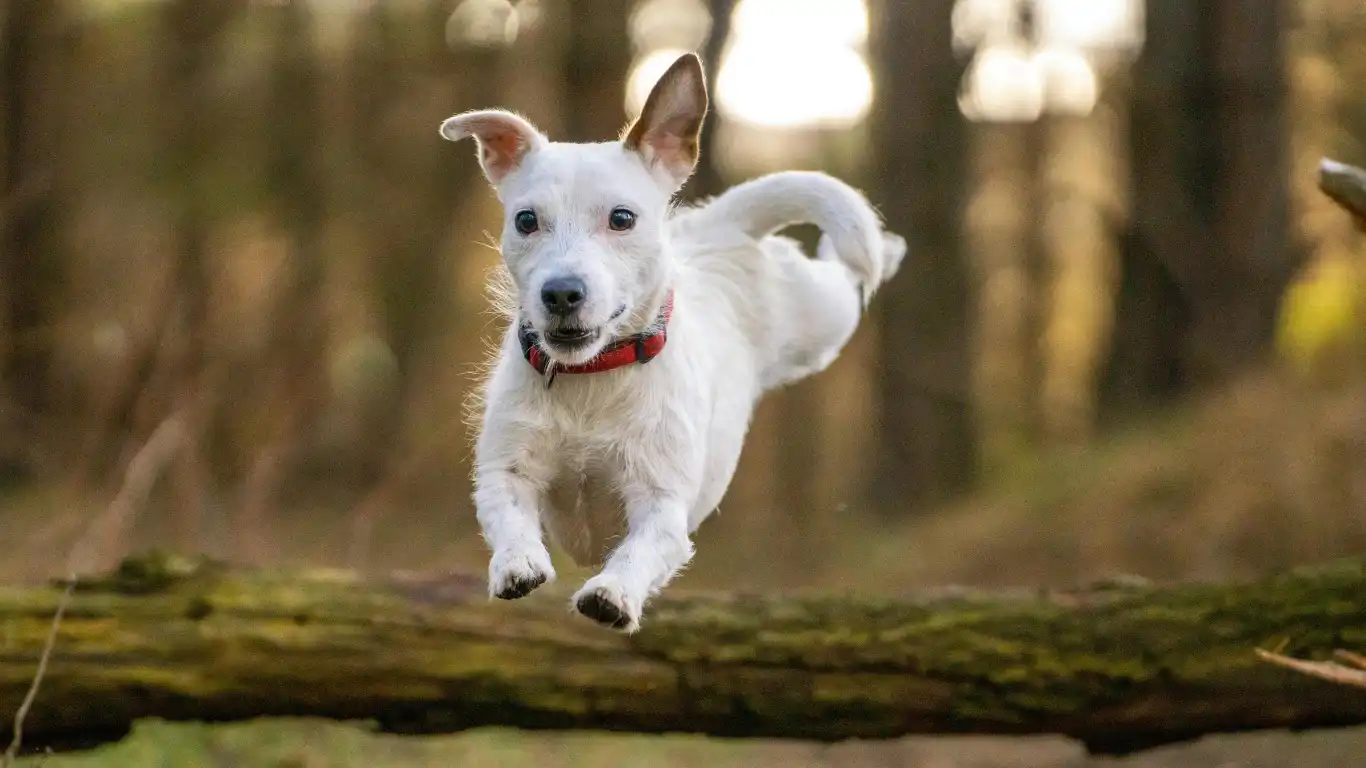
Grooming is often thought of as just making dogs look nice, but it’s really a vital part of their health and comfort. Over the years, I’ve seen how a simple brushing session can soothe anxious dogs, improve coat condition, and even prevent painful mats and skin infections.
Why Grooming Matters for a Balanced Lifestyle
- Skin health: Brushing helps remove dead hair, distributes natural oils, and allows you to check for bumps, rashes, or parasites.
- Bonding time: Gentle grooming strengthens the bond between you and your dog, creating trust and relaxation.
- Comfort: Keeping nails trimmed, ears clean, and coat free of mats prevents discomfort and injury.
One thing I always share with clients is that grooming doesn’t have to be a stressful experience. It can—and should—be a calm, positive routine. Start slow, use treats, and always pay attention to your dog’s reactions. Over time, even dogs who hate baths or nail trims can learn to tolerate and even enjoy them.
Adapting to Life Stages: What Your Dog Needs as They Grow
Just like people, dogs’ needs change over time. Puppies have different energy bursts and nutritional demands compared to senior dogs who may need gentler exercise and special diets. A balanced lifestyle means adapting your care as your dog ages.
Adjusting for Puppies
- Frequent, smaller meals to fuel their rapid growth
- Lots of socialization to build confidence and good behavior
- Short bursts of play and training, with plenty of rest
Care Tips for Adult Dogs
- Maintain regular exercise to manage weight and muscle tone
- Balanced diet tailored to activity level and breed
- Routine health checks and vaccinations
Senior Dog Considerations
- Gentler walks and more rest to accommodate joint issues
- Senior-specific diets rich in antioxidants and joint-support nutrients
- More frequent vet visits to monitor age-related changes
From my own experience with my golden retriever, Max, as he moved into his golden years, adjusting his diet and swapping our long hikes for gentler strolls made a huge difference in his comfort and happiness. It’s all about tuning in to your dog’s signals and making thoughtful changes.
Wrapping It Up: Your Role in a Balanced Lifestyle
At the end of the day, maintaining a balanced lifestyle for your dog is a journey—one full of learning, patience, and love. Drawing on my years as a Veterinary Technician/Nurse specializing in nutrition, I can’t emphasize enough how rewarding it is to see a dog thrive when all aspects of their life are cared for. It’s about combining good nutrition, exercise, mental stimulation, social time, rest, health monitoring, and grooming in a way that fits your unique pup.
When you tune into these areas, your dog won’t just live—they’ll flourish. And honestly, that’s the best reward for any pet parent.
References
Disclaimer
This article is for informational purposes only and does not replace professional veterinary advice. Always consult your veterinarian for any health-related concerns or before making changes to your dog’s diet, exercise, or care routines.


